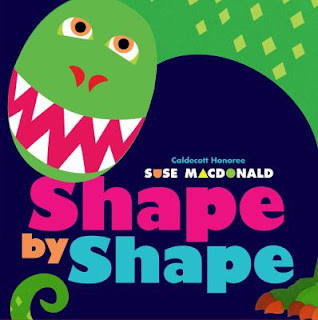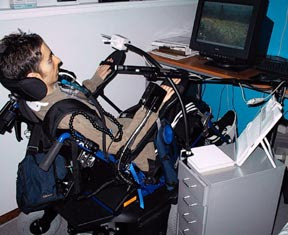Concept Books:
Concept books are for beginning readers and English Language
Learners that offer another opportunity for teachers and to use digital
photography to promote literacy learning. Concept books are a prime for kindergarten
and first grade teachers. The point of the books is to teach the basic concept
when first attending school. For example, when a child is learning their
colors, shapes, and numbers a parent or teacher can use concept books to make
the process easier. I remember as a child when my mom would teach me the colors
and she would always use concept books with food because I loved to eat. I was
always focused enough on the book and learning both food and colors at the same
time. I think another great way to extend the idea of concept books is to make it
fun and give the books out with different games. I think the game will help
bring the kids in with their parents and help everyone stay involved. Concept
books are a pretty simple and easy way to make learning fun. There is not much
confusion to what a concept book is or what their purpose is.
Alphabet books
Alphabet books are a way for students to practice spelling
patterns, letter sounds, vocabulary words, and reading skills. Students can illustrate
their own alphabet books to help them remember words and sounds the best way
possible for them. Having the students make their own alphabet books is also beneficial
because they will be able to make connections in their brains that the teachers
cannot make for them. I have never thought about students making their own
alphabet books before and I never made one in school, but I believe it is the
most effective way for a student to learn their alphabet and the sound of
letters. I would implement this in my classroom just like it is explained.
There is not much to switch up about the idea of a student picking a word that
makes them remember the letter and sound of each letter in the alphabet. I
would print a picture of whatever it is that they chose and have them glue it
to the page instead of drawing one to be more effective and clear for the
parents.
PowerPoint
PowerPoint is a multimedia presentation software package and
a standard feature on today’s computers. PowerPoint is a software that has so
many qualities to it. PowerPoint is a presentation that is created by self and
can implement just about anything into it. Using a digital projector, students,
teachers, and even professionals can show their personal PowerPoint’s to large
or small groups of people. PowerPoint is used in most schools from Elementary
school through colleges. PowerPoint allows you to generate class discussions,
promotions, presentations, and games. PowerPoint has been in every class of
mine since the fourth grade that I can remember. The projectors had been
released and every year after that it seemed that there was a new projector to
have. With all the technology that has changed around it, PowerPoint has
remained loyal and in good use to its users. I personally did not know that you
can have games on PowerPoint and I see that I have been missing several opportunities
to do so. I will use PowerPoint in my classroom because it is more appealing to
the eye, engages the students, and definitely easier to put together. The work
load to make a simple presentation is not hard and that is beneficial when time
is not on your side as a teacher.
Resources
Concept Books: Big Ideas for Little People | Denver Public ... (n.d.). Retrieved October 22, 2016, from https://www.denverlibrary.org/blog/abcs-and-123s
Maloy, R. W. (2013). Transforming learning with new technologies (2nd ed.). Boston, MA: Pearson/Allyn and Bacon.
Microsoft PowerPoint 2016 - Full Tutorial for Beginners ... (n.d.). Retrieved October 22, 2016, from http://www.youtube.com/watch?v=tQicwstinOA


